The Beginnings Of The Grayback
In 1944, a United States Navy submarine named the Grayback went missing, along with its crew of 80 people, during World War II. While it seemed that the submarine had lost its way off the coast of Japan, efforts to locate its exact location proved unsuccessful.
Following its disappearance, the search for the Grayback yielded no results until researcher Tim Taylor and his team decided to look into the whereabouts of the missing ship. Their use of modern technology, along with the assistance of a Japanese researcher, revealed that earlier investigators had been looking for the submarine in the wrong place all along.
This is the story of how the legendary Grayback was finally found.

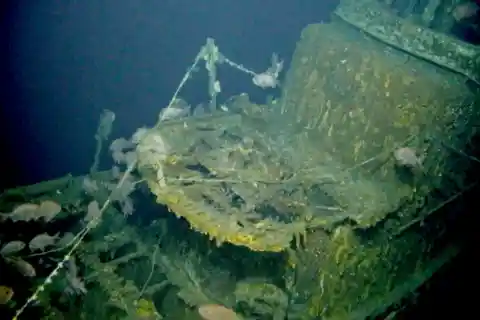
The Grayback was laid out at the Electric Boat Company in Groton, Connecticut, on April 3rd, 1940. The submarine, known as a Tambor-vessel class, was one of only 12 such vessels built by the company.
Measuring exactly 300 feet in length from stern to stern and 27 feet wide, the Grayback could immerse into 2,410 tons of pressure beneath waves, and reach a speed of 20 knots on the surface and just under nine knots below the surface. The propellers of the submarine were driven by four electrical motors, while diesel engines operated the boat. The vessel was fitted with 21-inch torpedo tubes and contained a 50-caliber gun, Oerlikon 20mm cannons, and Bofors 40mm, which lined the deck.
Unfortunately, the Grayback was over its capacity when it was lost at sea. Designed to fit a crew of 54 men and six officers, there were 80 men onboard when the submarine went missing on its final voyage in February 1944.
Ten months after the Electric Boat Company finished constructing the Grayback, Rear Admiral Wilson Brown’s wife announced the launching of the submarine on January 31st, 1941. The following June, the Grayback was commissioned into the U.S. Navy.
Geared For Patrol
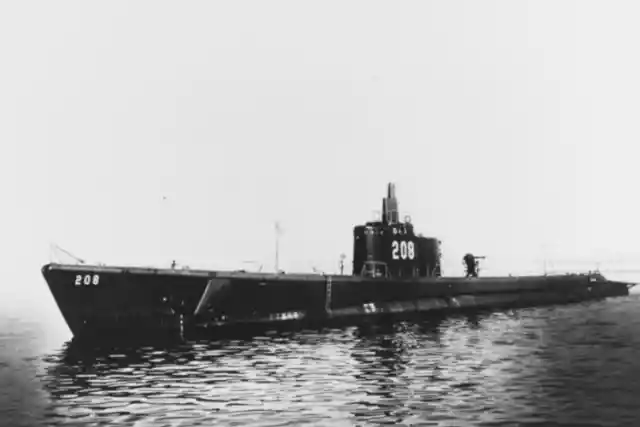
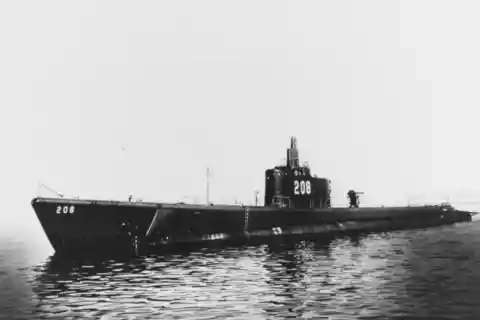
The Grayback’s missions were many–and dangerous. While patrolling the coasts of Guam, the submarine traveled close to the Japanese territory of Saipan. During this period, the Japanese submarine fired two torpedoes at the Grayback, both of which missed.
While patrolling other enemy territories, the Grayback was attacked on several occasions by enemy boats.
• On December 25th, 1942, the Grayback surfaced and encountered four enemy landing barges, which the Grayback crew sunk using their deck guns.
• At one point a fighter ship attacked the Grayback with torpedoes, but the vessel remained intact.
• In 1943 the Grayback and a Japanese vessel clashed; the Japanese boat was ultimately destroyed.
• During the Grayback’s fifth tour, the submarine participated in a rescue mission involving a Martin B-26 Marauder that had crash-landed and left six Americans stranded in Japanese territory; all of the Americans that had been shot down were saved.
• The Grayback’s seventh tour in 1943 resulted in the sinking of a Japanese merchant ship; a few days later, the submarine sank another boat with just one torpedo. The following day, the Grayback sank three more Japanese boats.
The Grayback, after having completed nine successful missions, arrived at the Pearl Harbor Port where it would prepare for its tenth mission. On January 28th, 1944, the submarine went into the ocean for what would be the final time.
Whereabouts Unknown

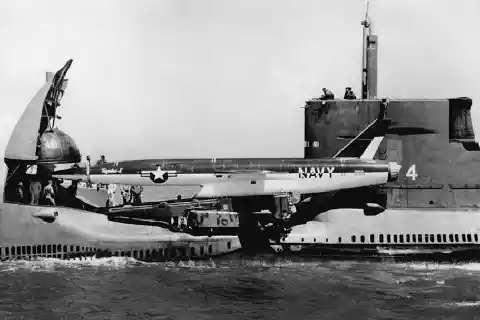
The final message from the Grayback was sent to the base on February 25th, 1944. After the legendary submarine couldn’t be located, it was officially declared missing on March 30th. No further contact was sent or retrieved from the boat.
The Navy originally thought that the Grayback must have sunk 100 miles southeast of Okinawa, a Japanese island. Several investigations were conducted but revealed nothing. Many decades would pass before the truth about the submarine’s disappearance would be discovered.
An Error Thwarted The Search
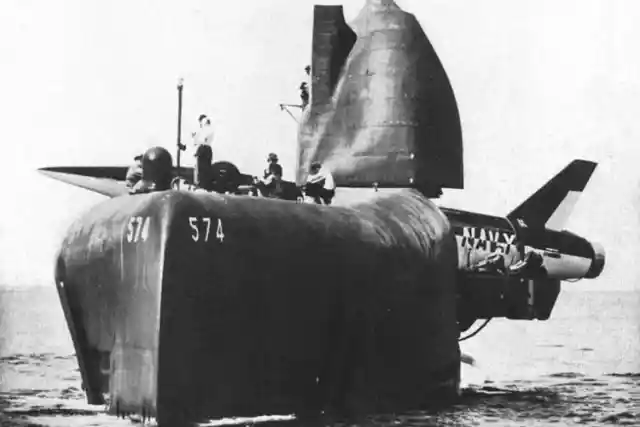
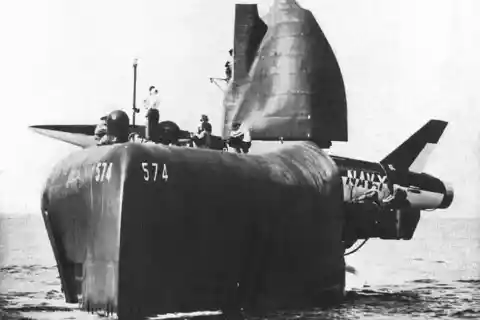
When conducting its search for the Grayback, the Navy relied on information from Japanese war records to pinpoint where the vessel might have gone down; unfortunately, one single digit in a resource map was incorrect. After the mistake was discovered, it became clear that the submarine was not where the Navy had believed it to be.
In 2018, researcher Tim Taylor began a new investigation into the Grayback’s whereabouts. Taylor was leading the Lost 52 Project, a private investigation charged with finding the remains of 52 submarines that went missing during World War II.
Taylor partnered with Japanese researcher Yutaka Iwasaki, who could assist with the files and documents located at the base the Japanese used during World War II. Fortunately, both researchers were able to identify the location errors relating to the Grayback’s position, which had led investigators to search for the submarine in the wrong region.
The Truth Revealed, And The Submarine And Its Crew Found
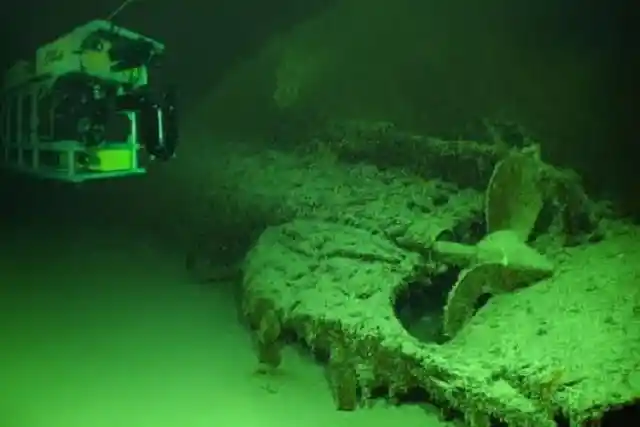

Research conducted by Taylor and Iwasaki revealed that on February 27th, the Nakajima B5N Japanese bomber released a 500-pound bomb that hit a surfacing submarine, resulting in an explosion that sank the submarine and killed the entire crew. As it turned out, that submarine was the Grayback.
During a 2019 interview with The New York Times, Iwasaki said, “In that radio record, the longitude and latitude of the attack were outlined clearly.” He revealed that earlier investigators were more than 100 miles off.
In the spring of 2019, Taylor and his Lost 52 Submarine team located the Grayback where it had remained on the ocean floor since WWII. Taylor explained to The New York Times, “It was a great feeling but also sad that we found the 80 men.”